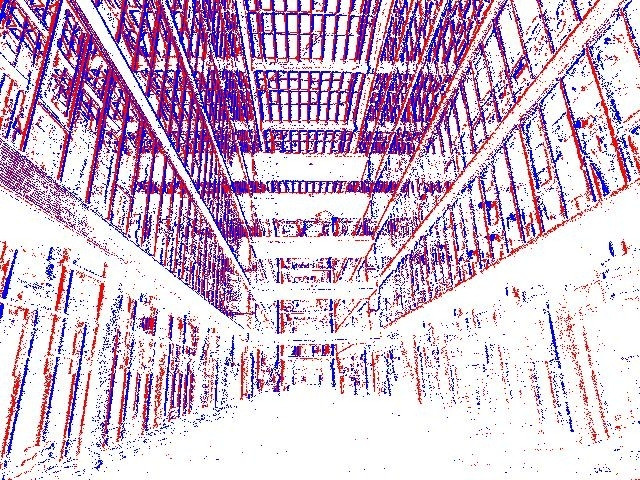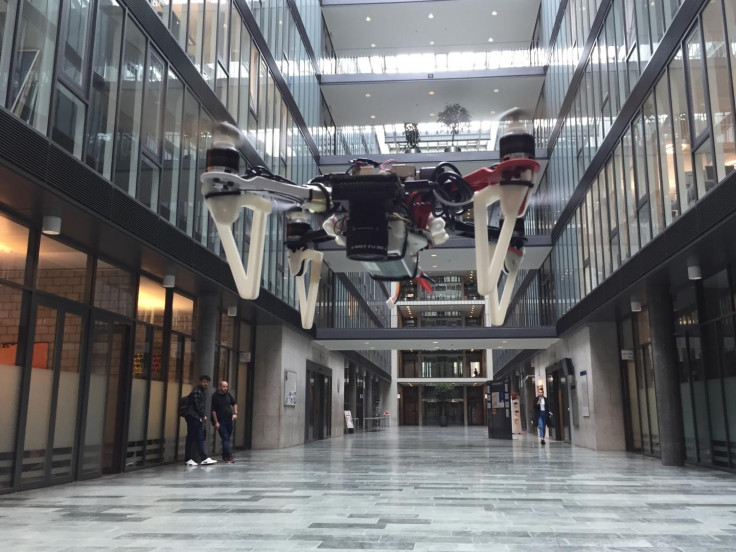Autonomous drones can now almost 'see in the dark' with this new camera
The research was partly funded by Darpa for military and civilian use.

A research team from the University of Zurich, Switzerland, has developed a type of camera that will allow drones to essentially "see in the dark" using what they call Dynamic Vision Sensor (DVS).
While drones are great at taking pictures and high quality video during the day or in camera-ideal lighting, traditional cameras can suffer in low light situations. If they need to be guided through or if they need to guide themselves through a darkened area they need to be able to see in a way that is comparable to the way eyes work, notes a report by Defense One.
Traditional cameras work by capturing light and its intensity and treat all data received equally. While moving rapidly as would a drone, and when in a low light situation, the pictures that a drone would have to work with would be blurred and they would not be very useful for computer vision algorithms.
The DVS system does not treat all light as being equally important, but picks certain points on the frame that are necessary for flight. "Instead of wastefully sending entire images at fixed frame rates, only the local pixel-level changes caused by movement in a scene are transmitted – at the time they occur," explained Davide Scaramuzza, one of the paper's authors and the head of the Director of the Robotics Perception Group at the University of Zurich.
DVS systems work by looking only for changes in light intensity, focusing on such changes. Researchers call these changes "events" which help the drone to see, much like the way eyes do.

The research was funded in part by Darpa, which is looking for solutions to make use of militarised drones that can wage war from a street level and in locations where GPS data and other visual data might not be freely or readily available. Such a drone with a DVS camera could possibly be used in dense urban environments where an autonomous UAV could be useful for not only reconnaissance but also offer close-air support during street battles.
In a video released by the team, there are two experiments that clearly show how the DVS event system works using an autonomous drone. First, the drone flies around a room with obstacles with the lights flashing on and off. This forces the drone to see the room based on events and use measurements that it was able to make with the light on.
The second experiment had the drone fly around in low light in near darkness, with all the lights switched off in circles with increasing speeds. This was done to see how it would manage rapid flight.
The results of the experiments showed that the DVS-equipped drone was able to fly 130% better in low light or darkness than a camera that is based exclusively on event data and 85% better than a drone that is flying using standard data.
The DVS could be used, says the head of the research team, not only in military operations, but also in civilian rescue scenarios like how drones were used to rescue hurricane Irma victims last month.
© Copyright IBTimes 2025. All rights reserved.




















